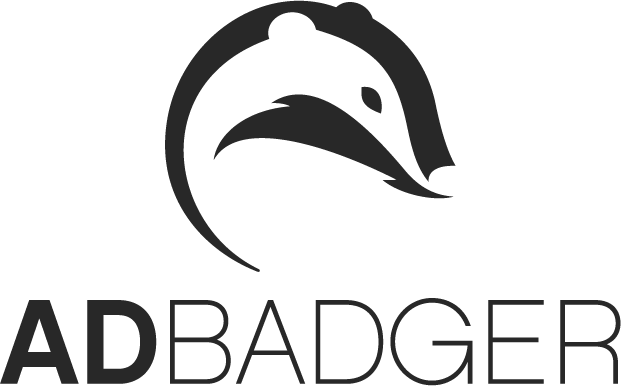For accounts with a budget of less than 25K, implementing the following strategies can be highly beneficial:
Target Specific Keywords: Focus on relevant and high-performing keywords that align with your product or service. By targeting specific keywords, you can ensure your ad spend is optimized for potential customers interested in what you offer.
Set a Daily Budget Limit: Allocate a fixed daily budget that aligns with your advertising goals. This approach will help you maintain control over spending while ensuring your ads are active throughout the day.
Organize Campaign Structure: Organize your campaigns into well-defined ad groups and product categories. This structure allows you to better control your budget and optimize bids for specific keywords.
Optimize Bids: Regularly review and adjust your bids based on the performance of keywords and ad groups. Lower bids for keywords that are not performing well and increase bids for those delivering positive results.
Negative Keywords: Utilize negative keywords to prevent your ads from showing for irrelevant searches. This can save budget wasted on clicks that are unlikely to convert.
Ad Copy and Creatives: Craft compelling and relevant ad copy that highlights the unique selling points of your product. A well-optimized ad can improve click-through rates and conversion rates, making better use of your budget.
A/B Testing: Continuously test different ad variations, such as headlines, images, or call-to-action buttons. A/B testing allows you to identify the most effective ad elements and optimize your ad spend accordingly.
Regarding accounts with a budget of more than 25K, you can build upon the strategies mentioned above and consider the following adjustments:
Dynamic Bidding: Leverage Amazon's dynamic bidding options that adjust bids in real-time based on the likelihood of conversion. This automated approach can optimize your bids efficiently.
Use Advanced Targeting Options: With a larger budget, you can explore additional targeting options such as remarketing, lookalike audiences, and demographic targeting. These can help you reach more potential customers who align with your target market.
Seasonal Campaigns and Promotions: Allocate some of your budget to seasonal campaigns and special promotions. These targeted efforts can drive increased sales during peak periods.
Performance Analysis and Reporting: Invest in more sophisticated analytics tools or software like Ad Badger to analyze your campaign performance in-depth. Understand the return on investment (ROI) for different segments of your ad spend and make data-driven decisions.
Ensure you consistently monitor and optimize your campaigns. Regularly assess your ad performance and adapt your strategies as needed.

